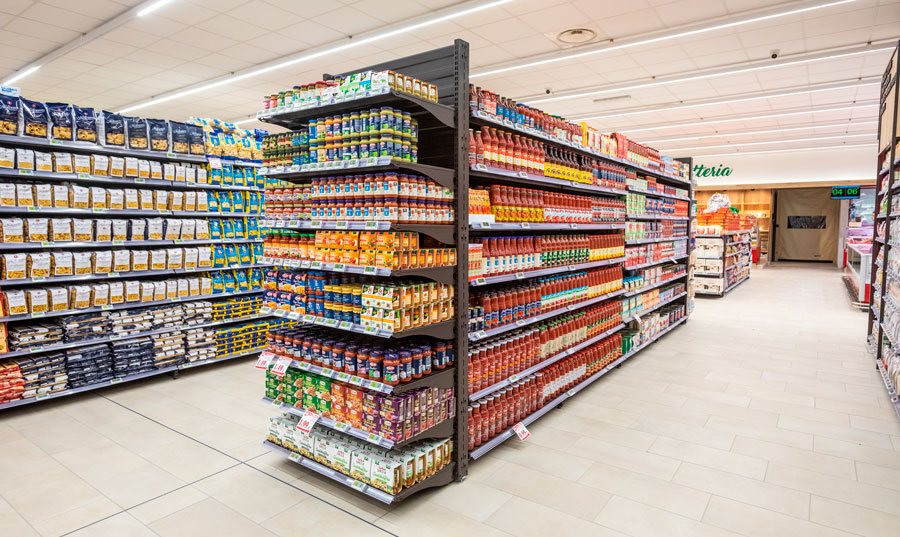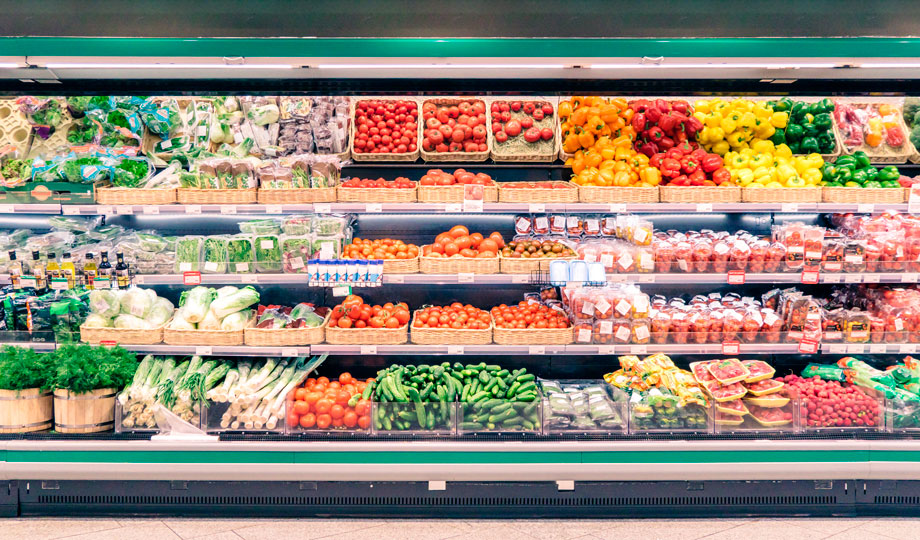
Worldwide, food waste is one of the main challenges facing modern society. FAO studies indicate that 1/3 of the food produced worldwide is wasted. According to The Guardian, levels reach 45% of total production in the US; 35% of seafood, 30% of cereals, and 20% of meat and dairy products each year.
In parallel, the impact of Covid-19 has exacerbated food insecurity across the world. FeedAmerica studies show that 1 in 6 Americans lack reliable food access, while paradoxically, tons of food that are fit for consumption are wasted every day.
Food waste also has an environmental impact. We are talking about the resources used for production and transportation, such as soil, water, and energy. According to ReFed’s analysis, the cultivation of uneaten food is responsible for 14% of the total potable water used and 4% of greenhouse gases in the US.
The effect of food spoilage does not end there. It also has economic consequences. According to The Guardian, in the United States alone, 218 billion dollars a year are lost in producing, processing, and transporting food that is not consumed, equivalent to 1.3% of the country’s GDP.
For food retailers, such as supermarkets and C-stores, food waste represents one of the biggest challenges in inventory management and store operations going forward. They must keep in mind a crucial factor for their industry: perishability. Unlike other retailers, the food area handles a wide assortment of products with low shelf life, such as fruits, vegetables, and bakery products — and the more varied the mix of fresh produce, the greater the retailer’s risk of food waste.
Today we see how the triad of economic, social, and ecological factors push retailers to take responsibility for waste reduction as a global improvement opportunity. Fortunately, technological solutions come to support stores to prevent, control and reduce food waste.
Retailers tackling food waste
Retailers have a pivotal role to play in the fight against food waste, given their strategic position between producers and consumers. Here are three areas of work that retailers should focus on to make a difference.
Demand planning
The demand planning system is the first step in the supply chain and is directly related to each store’s product inventory level and its risk of shrinkage. Excessive demand forecasting will generate excess inventory in the stores. If these products are not purchased, the retailer may be forced to implement markdowns to encourage consumption, directly affecting margins. Excess inventory can eventually lead to product spoilage and its consequent economic losses and ecological impact.
Inventory analysis with AI
Let’s assume that the retailer has the right inventory level, thanks to its excellent demand planning and supply chain management. The next step is to manage this inventory in the best way to prevent product spoilage. A robust analytics system, integrated with AI and machine learning, will help retailers understand when a product is at risk of being wasted due to low turnover.
Reliable SKU-level data will be essential for algorithms to deliver quality analysis to support management and increase the chances of avoiding waste.
Store operations
Once inventory planning and data analytics are in place, they must be translated into reality: the stores’ everyday operations.
The use of AI will provide retailers with information about the risk of shrinkage. But knowledge without management does not achieve results. It is vital to have a technological tool like Frogmi, which allows task management at SKU-level in each store.
When selecting technology, retailers must consider that store associates’ days are overloaded with tasks, making time an increasingly scarce resource. Therefore, to achieve effective management that limits food waste, a user-friendly, action and product-oriented solution must be implemented.
The advantages of an SKU-level task manager
An SKU-level task manager, as ShelfManager, feeds directly into the AI analysis results to generate automatic product review tasks for every store. In-store personnel receives the tasks to take action to prevent product shrinkage in the mobile App. Frogmi indicates which products need to be checked at SKU level according to the store’s inventory. Hence, each store receives accurate information for management, avoiding wasted time evaluating what to check and where. Tasks can also be prioritized so that the store operation knows where to focus management for the most significant impact.
The flexibility of the tool and the integration of logic make Frogmi a simultaneous control and management solution. On the one hand, the task is sent to perform an SKU evaluation. Staff can be asked to review the status of products at risk, such as validating expiration and order dates by shelf life or FEFO (First Expires, First Out). In this way, the store can improve visibility and control of the situation. In addition, the task manager allows management of the product and the findings made while the product is being reviewed. For example, the store can be asked to report its actions in each case, such as activating a new promotion, donating, or reducing products. Thus, shrinkage risk management goes beyond information, encouraging decision-making and problem-solving from the store.
Implementing task management technology tools such as Frogmi also opens spaces for measuring results and creating KPIs, such as the level of shrinkage, activated promotions, sales, and management of products at risk of shrinkage. Our integration with native business intelligence (BI) dashboards provides fast real-time visibility of results for stores and headquarters.
Frogmi is a robust and easy-to-use application. Its implementation in conjunction with advanced analytics helps retailers increase margins, raise productivity, and decrease shrinkage. With the ability to manage tasks at the store and SKU level, retailers can improve their customers’ experience by delivering fresh and varied products while fighting food waste.













